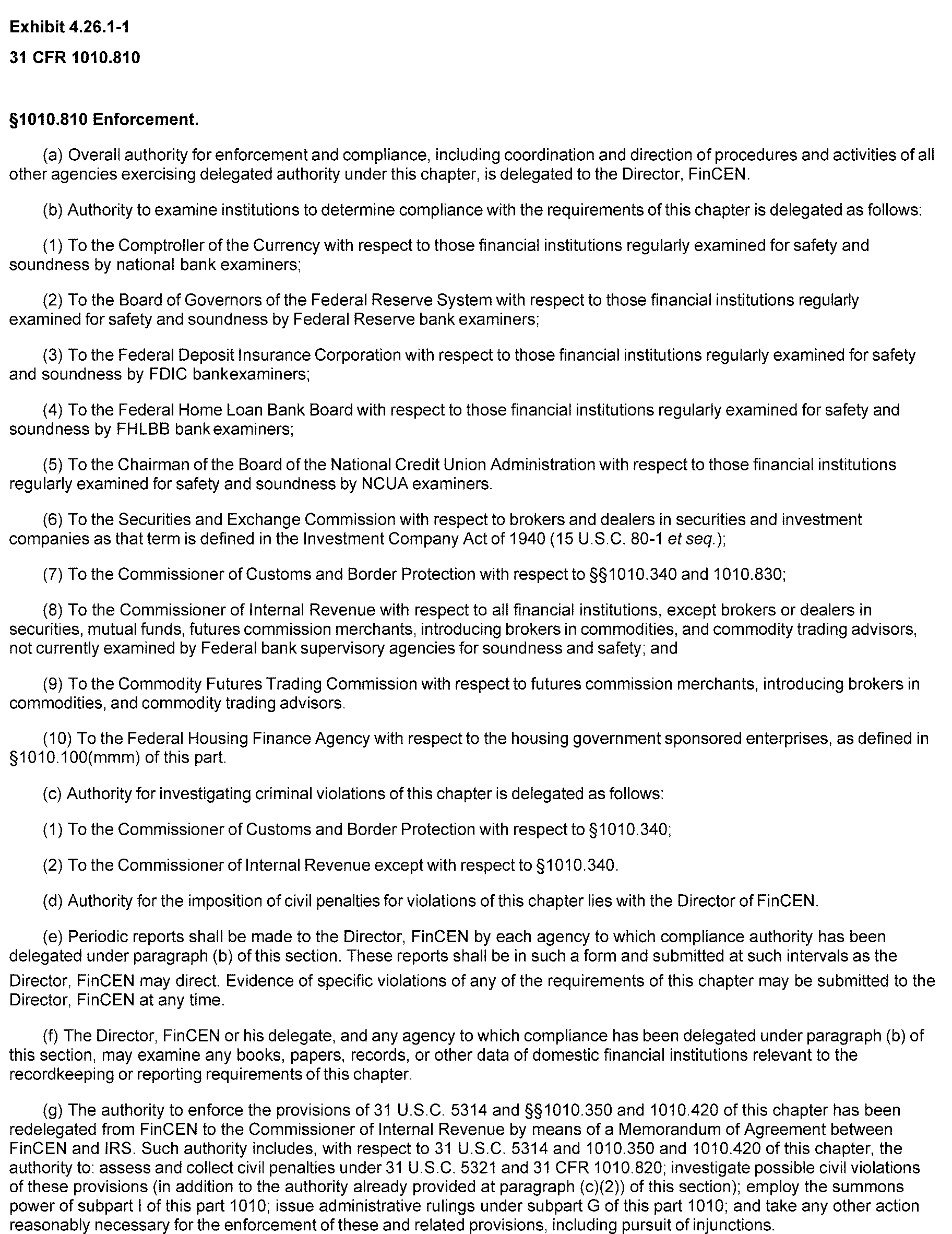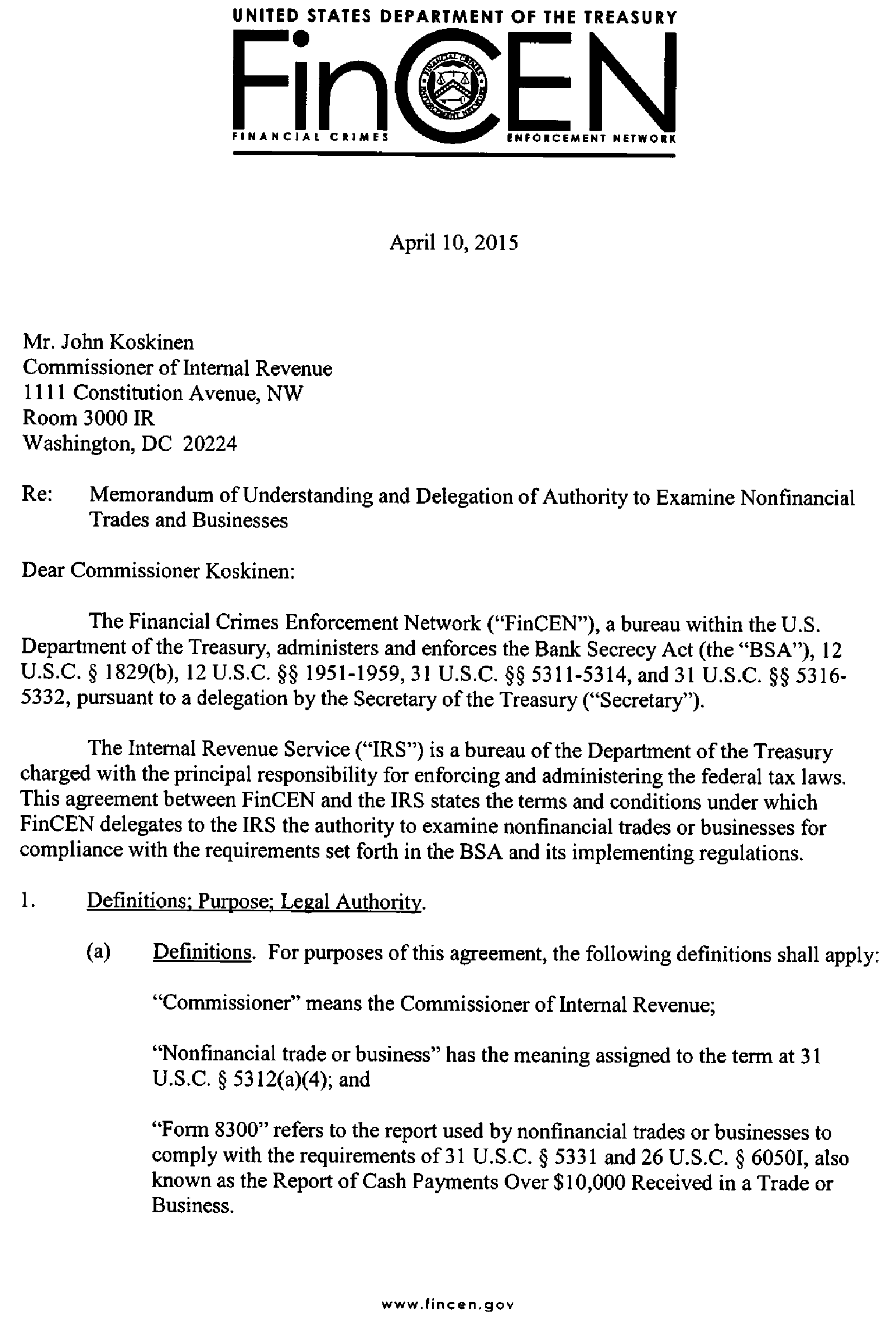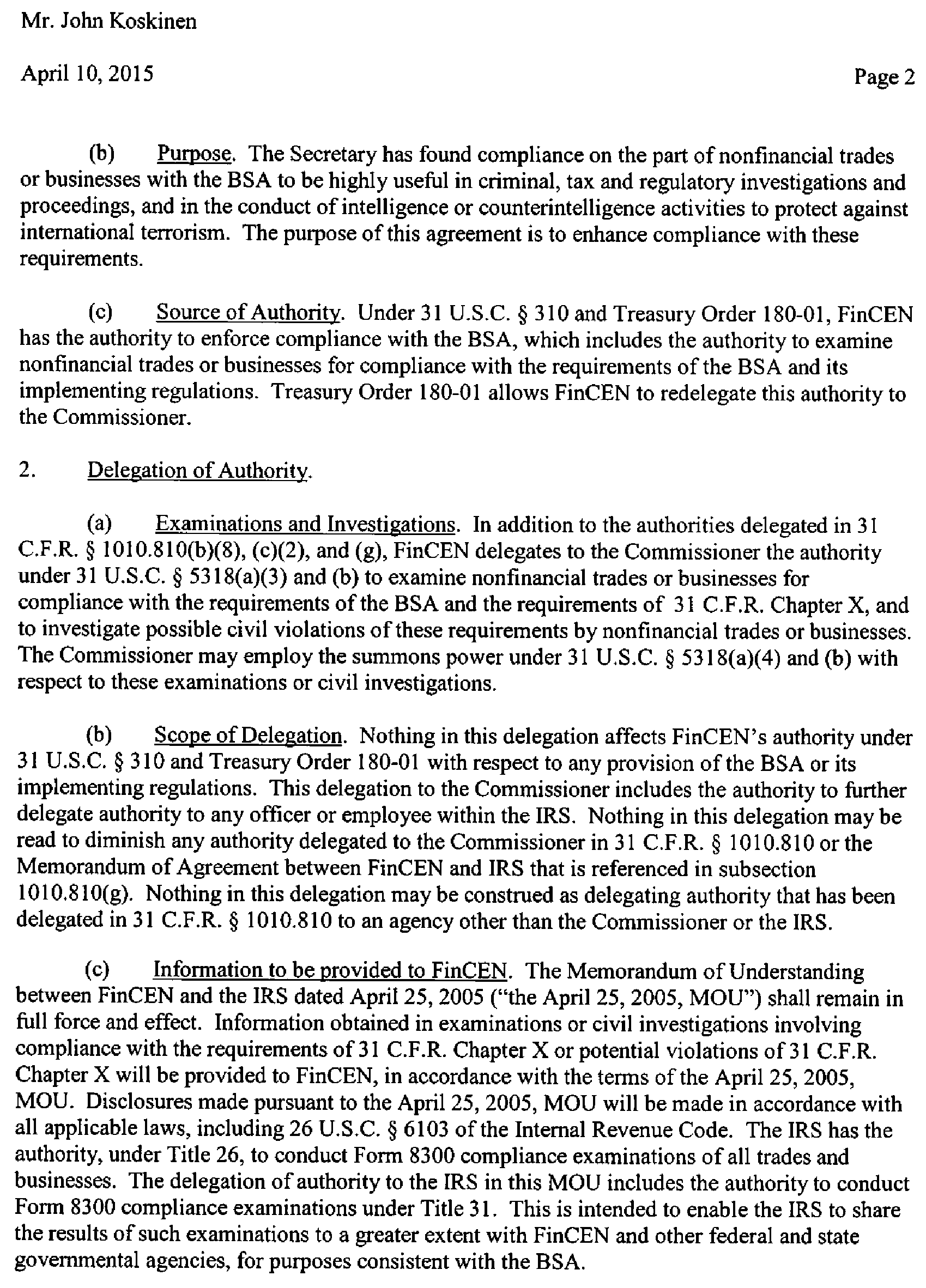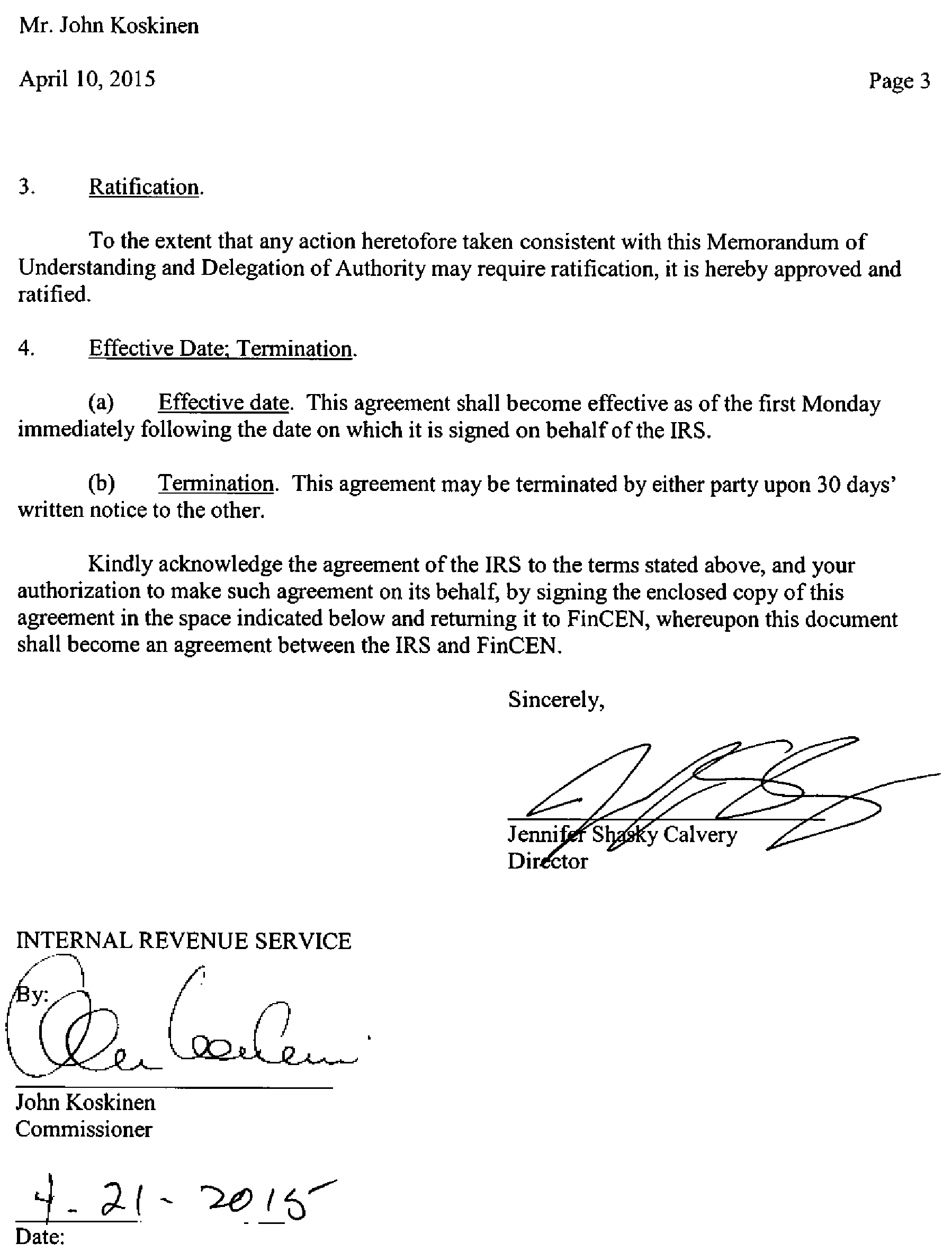- 4.26.1 Introduction and Program Structure
- 4.26.1.1 Program Scope and Objectives
- 4.26.1.1.1 Background
- 4.26.1.1.2 Authority
- 4.26.1.1.3 Roles and Responsibilities
- 4.26.1.1.4 Program Management and Review
- 4.26.1.1.5 Program Controls
- 4.26.1.1.6 Acronyms
- 4.26.1.1.7 Related Resources
- 4.26.1.2 Overview of Introduction to Bank Secrecy Act
- 4.26.1.2.1 Definition of Money Laundering
- 4.26.1.3 Bank Secrecy Act Program Goals
- 4.26.1.4 Overview of BSA Program Structure
- 4.26.1.4.1 Regulatory Structure
- 4.26.1.4.1.1 Regulatory Structure of Title 31
- 4.26.1.4.1.2 Regulatory Structure of Title 26
- 4.26.1.4.1.3 Organizational Responsibilities
- 4.26.1.4.1 Regulatory Structure
- 4.26.1.5 Information Sources
- 4.26.1.5.1 Training Materials
- 4.26.1.5.2 Anti-Money Laundering Related Government Websites
- 4.26.1.5.3 Publications
- 4.26.1.5.4 Commercial Sources
- Exhibit 4.26.1-1 31 CFR 1010.810
- Exhibit 4.26.1-2 FBAR Delegation to IRS
- Exhibit 4.26.1-3 Form 8300 Title 31 Delegation to IRS
- 4.26.1.1 Program Scope and Objectives
Part 4. Examining Process
Chapter 26. Bank Secrecy Act
Section 1. Introduction and Program Structure
4.26.1 Introduction and Program Structure
Manual Transmittal
August 14, 2025
Purpose
(1) This transmits revised text for IRM 4.26.1, Bank Secrecy Act, Introduction and Program Structure.
Material Changes
(1) Minor editorial edits have been made throughout this IRM.
(2) Internal email and website addresses have been masked throughout this IRM.
(3) The title of 4.26.1.1.3 has been revised to Roles and Responsibilities and added the responsibilities of the Program Manager BSA Policy.
(4) 4.26.1.1.4, Program Management and Review, has been added to this IRM.
(5) 4.26.1.1.5, Program Controls, has been added to this IRM.
(6) 4.26.1.4.1.3 has been revised to update the organizational symbols.
Effect on Other Documents
This supersedes IRM 4.26.1 dated February 15, 2019.Audience
The Intended audience is employees of the Bank Secrecy Act Program in the Small Business/Self-Employed (SB/SE) Division, and can be referenced by all field compliance personnel.Effective Date
(08-14-2025)Heather Yocum
Acting Director, HQ, Specialty Exam Policy
Small Business/Self-Employed
-
Purpose. This IRM describes the regulatory and organizational structure of the IRS SB/SE Bank Secrecy Act (BSA) examination program.
-
Audience. These procedures apply to SB/SE Specialty BSA and can be referenced by all other divisions of the IRS.
-
Policy Owner. Director, Specialty Examination Policy - Small Business/Self-Employed.
-
Program Owner. Director Specialty Examination.
-
Primary Stakeholders. BSA Exam Case Selection, Specialty Examination, and SB/SE Examination Quality & Technical Support are the primary stakeholders for this IRM.
-
Contact Information. To recommend changes or make any other suggestions related to this IRM section, see IRM 1.11.6.5, Providing Feedback About an IRM Section Outside of Clearance.
-
Program Goals. The goal of this section is to provide an overview of BSA exam authority delegated to the IRS. BSA exams help to ensure that financial institutions are following BSA laws and regulations.
-
The mission of the BSA Program is to safeguard the financial system from the abuses of financial crime, including terrorist financing, money laundering, and other illicit activity by providing the financial community top quality service to help them understand their obligations under the BSA and to ensure BSA compliance with integrity and fairness to all.
-
Authority for the IRS to conduct BSA examinations includes the following sources:
-
31 USC 5318(a), General Powers of Secretary, provides the Secretary of the Treasury with authority to administer provisions of the BSA.
-
31 CFR 1010.810(b)(8), Enforcement, gives the Commissioner, IRS, the delegated authority to examine certain financial institutions to determine compliance with BSA requirements. See Exhibit 4.26.1-1.
-
A Memorandum of Agreement dated April 8, 2003, delegates examination and penalty authority for Foreign Bank Account Reports (FBARs) from the Financial Crimes Enforcement Network (FinCEN) to the IRS. See Exhibit 4.26.1-2.
-
A Memorandum of Understanding and Delegation of Authority to Examine Non-Financial Trades and Businesses, dated April 10, 2015, delegates examination authority under Title 31 for Form 8300, Report of Cash Payments Over $10,000 Received in a Trade or Business, from FinCEN to the IRS. See Exhibit 4.26.1-3.
-
Related authority: IRC 7601, Canvass of districts for taxable persons and objects, authorizes the Secretary of the Treasury to inquire into taxpayers’ tax liability. IRC 7602, Examination of Books and Witnesses, authorizes the Secretary to examine books and witnesses for specific purposes including determining and collecting federal tax liabilities.
-
-
Director, Examination - Specialty Policy is the executive responsible for BSA Examination policy and procedures.
-
Director, Examination - Specialty Examination is the executive responsible for BSA examination operational compliance.
-
The Program Manager, BSA Exam is responsible for ensuring general information about basic BSA examiner responsibilities and IRM sections is communicated to and carried out by BSA examiners.
-
Program Manager, BSA Policy is responsible for ensuring general information about basic BSA examiner responsibilities and IRM sections is communicated to and carried out by BSA examiners.
-
Reports to monitor the current year’s work plan, as well as specific programs, are prepared and provided by Performance Planning & Analysis (PPA). These reports provide Headquarters and Field Examination with timely and reliable information used to review the program progress. There are a variety of reports designed to meet the needs of the group or function. Reports used to monitor examination processes include:
Report Name Description Direct examination time This report contains the number of hours charged to a case. New examination starts This report contains a list of cases started within the period of the report. Examination closures This report contains a list of cases closed within the period of the report. Average hours expended per case This report contains the average number of hours charged to all cases within the period of the report. No issue percentage This report contains the percentage of case closed with no action with the period of the report. Closed case cycle time by workstream This report contains the cycle time of closed cases by Title 31 and Title 26 categories within the period of the report. Open case cycle time by workstream This report contains a list of open cases by Title 31 and Title 26 categories within the period of the report. Referrals to Examination This report contains the number of referrals to Examination made within the period of the report. Referrals to Employment Tax This report contains the number of referrals to Employment Tax made within the period of the report. Referrals to CI This report contains the number of referrals to CI made within the period of the report. Number of surveyed cases This report contains the number of surveyed cases within the period of the report. Workplan accomplishments This report contains the number of cases opened and closed, by categories Title 31 and Title 26, cases towards meeting the workplan goals of the fiscal year.
-
31 CFR 1010.810(b)(8), Delegation, delegates authority to examine the compliance to the BSA to the Commissioner of Internal Revenue. The delegation includes non-bank financial institutions such as check cashers to examine all financial institutions, except brokers or dealers in securities, mutual funds, futures commission merchants, introducing brokers in commodities, and commodity trading advisors, not currently examined by Federal bank supervisory agencies for soundness and safety.
-
The IRS BSA program operates under the framework of internal controls designed to ensure that examinations are conducted consistently, accurately, and in accordance with BSA laws, regulations, and IRS policies. Key controls include:
-
Periodic reviews of examination case files by group managers
-
Standardized training for examiners, and
-
Review of closed case files is conducted to monitor adherence to established procedures.
-
-
BSA group managers regularly evaluate workload management, risk assessments, and resource allocation within their groups. The managers achieve the evaluations via workload and individual case reviews of the examiners within their group. The reviews provide feedback to examiners on their effectiveness and identify opportunities for improvements.
-
BSA Exam examiners access BSA Search to review the filed forms of businesses assigned. Access is restricted, requiring training and permission prior to access. Reports of use Access limitations (passwords for data systems, reports permission levels BSA Search).
-
BSA Exam group managers monitor the use of BSA Search by BSA examiners assigned to their group. Periodic audits are conducted to ensure compliance with the access and use policies.
-
The following table contains acronyms, used in this IRM, and the definition of each.
Acronym Definition AML Anti-Money Laundering BSA Bank Secrecy Act CCH Commerce Clearing House CTR Currency Transaction Report FATF Financial Action Task Force FBAR Report Foreign Bank and Financial Accounts FinCEN Financial Crimes Enforcement Network GAO Government Accounting Office GTO Geographic Targeting Orders HIDTA High Intensity Drug Trafficking Areas HIFCA High Intensity Money Laundering and Related Financial Crimes Areas MSB Money Service Business NBFI Non-Bank Financial Institution OFAC Office of Foreign Asset Control PMSJ Dealers in precious metals, stones, and jewels SAR Suspicious Activity Report TEGE Tax Exempt/Government Entities TIGTA Treasury Inspector General for Tax Administration USC United States Code -
See IRM 4.26.10, Bank Secrecy Act, Form 8300 History and Law, for general terms.
-
The IRS adopted the Taxpayer Bill of Rights (TBOR) in June 2014. Employees are responsible for being familiar with and acting in accord with taxpayer rights. See IRC 7803(a)(3), Execution of Duties in Accord with Taxpayer Rights. For additional information about the TBOR see the TBOR SharePoint.
-
Helpful information sources include:
-
The BSA Policy SharePoint site
-
A list of SB/SE BSA Policy Analysts, their contact information and program assignments, are found on the BSA Policy SharePoint
-
FinCEN - Financial Crimes Enforcement Network
-
31 CFR Chapter X, Financial Crimes Enforcement Network, Department of the Treasury
-
31 USC 5311, Declaration of Purpose, et seq (Title 31)
-
IRC 6050I, Returns Relating to Cash Received in Trade or Business, etc. (Title 26)
-
IRC 6721, Failure to File Correct Information Returns
-
IRC 6722, Failure to Furnish Correct Payee Statements
-
-
The BSA program is required to follow all servicewide examination procedures and those set forth in the SB/SE examining process IRM. However, the following material provides additional information relating to the processing and examination of Bank Secrecy Act program returns:
-
IRM 4.26.3 - Case Selection (CS)
-
IRM 4.26.4 - BSA Search
-
IRM 4.26.5 - History and Law
-
IRM 4.26.6 - Examiner Responsibilities
-
IRM 4.26.7 - Penalties
-
IRM 4.26.8 - Special Procedures
-
IRM 4.26.9 - Examination Techniques for Bank Secrecy Act Industries
-
IRM 4.26.10 - Form 8300 History and Law
-
IRM 4.26.11 - BSA Examiner Responsibilities for Form 8300 Examinations
-
IRM 4.26.12 - Examination Techniques for Form 8300 Industries
-
IRM 4.26.13 - Structuring
-
IRM 4.26.14 - Disclosure
-
IRM 4.26.15 - General Program
-
IRM 4.26.16 - Report of Foreign Bank and Financial Accounts (FBAR)
-
IRM 4.26.17 - Report of Foreign Bank and Financial Accounts (FBAR) Procedures
-
-
This section contains information about the IRS BSA Program.
-
The BSA Program ensures entities follow:
-
31 USC 5311, Declaration of Purpose, excluding section 5315, commonly referred to as the Bank Secrecy Act, and
-
IRC 6050I, Returns Relating to Cash Received in Trade or Business, (Title 26).
-
-
Congressional intent behind the various anti-money laundering statutes, as stated in 31 CFR 5311, Declaration of Purpose, is to "require certain reports or records where they have a high degree of usefulness in criminal, tax or regulatory investigations or proceedings, or in the conduct of intelligence or counterintelligence activities, including analysis, to protect against international terrorism."
-
Money laundering is the process of converting funds from illegal activities to conceal their origin, true nature, or ownership into funds that appear to have a legal source. See generally 31 CFR 5340(2)(B), Money Laundering and Related Financial Crime.
-
Once money becomes "dirty" , it must be converted into a legitimate form before it can be spent. Money is laundered using a three-step process:
-
Placement is the physical movement of cash or cash equivalents derived from illegal or illicit activities and its introduction into traditional or nontraditional financial institutions, into the retail economy, or into foreign countries (for example, smuggling). The goal of the launderer is to move cash from its source and transform it to another asset without being detected. The cash is vulnerable to detection and seizure during the placement stage.
-
Layering is conducting multiple complex financial transactions to make it difficult to trace the proceeds from illegal or illicit sources. Layering disguises or eliminates the audit trail of the funds. The purpose of layering is to hide the audit trail as well as the source and ownership of funds.
-
Integration is the introduction of funds derived from illegal or illicit activities back into the economy with the appearance of normal business earnings or providing a seemingly legitimate explanation for financial wealth. It is extremely difficult to distinguish between legitimate and illicit or illegal funds at this stage.
-
-
As a partner in Department of Treasury’s national anti-money laundering efforts, the goal of the IRS is to detect violations of and increase compliance with the BSA. See IRM 1.1.16.5.3.4, Bank Secrecy Act (BSA) Examination.
-
This goal is accomplished by:
-
Identifying those financial institutions and non-financial trades or businesses that have responsibilities under the BSA or IRC 6050I, Returns Relating to Cash Received in Trade or Business.
-
Assisting financial institutions (not federally regulated) and non-financial trades and businesses, which IRS oversees, in understanding their roles in combating money laundering and meeting the reporting and recordkeeping requirements under the BSA or IRC 6050I.
-
Conducting BSA and IRC 6050I examinations, ensuring appropriate BSA programs are established and implemented, and ensuring the compliance of financial institutions with all applicable BSA anti-money laundering program, recordkeeping, and reporting requirements. This includes the filing of CTRs, FBARs, Form 8300, Report of Cash Payments Over $10,000 Received in a Trade or Business, and SARs.
-
Actively participating in coordinated multi-agency anti-money laundering initiatives such as GTOs, HIDTAs, and HIFCAs, which are designed to disrupt and dismantle money laundering organizations.
-
Focusing on those institutions most non-compliant.
-
Balancing the BSA and IRC 6050I programs.
-
Ensuring geographic and industry coverage.
-
Coordinating with other business operating divisions and state and federal regulatory and enforcement agencies.
-
Making best use of and leveraging available resources.
-
Providing adequate training.
-
Assigning responsibility.
-
Measuring results.
-
Setting milestones.
-
-
This section describes the regulatory and organizational structure of the IRS SB/SE Specialty Exam, BSA Program.
-
AML statutes are found in two separate titles of the USC:
-
31 CFR 5311, Declaration of Purpose, (Title 31), excluding Section 5315, commonly referred to as the Bank Secrecy Act, and
-
IRC 6050I, Returns Relating to Cash Received in Trade or Business, (Title 26).
-
-
The Department of the Treasury has primary responsibility for implementing and enforcing the BSA. The Secretary of the Treasury delegated the authority to administer the BSA to the Director, FinCEN. FinCEN re- delegated responsibility for assuring civil compliance with the law to various Federal agencies including the Internal Revenue Service. 31 CFR 1010.810(b)(8), Enforcement, delegates the responsibility to examine and assure compliance with the requirements of 31 CFR Chapter X, Financial Crimes Enforcement Network, Department of The Treasury, for certain entities to the IRS. See IRM 4.26.5.12, Delegation of Authority and IRS Jurisdiction.
-
Most entities under IRS' examination authority are commonly referred to as NBFIs. IRS has the delegated authority to examine banks and other financial institutions for compliance with the BSA that are not examined by federal bank supervisory agencies or other federal functional regulatory agencies, as defined in 31 CFR 1010.100, General Definitions. Thresholds determine if some financial institutions are subject to the BSA. See IRM 4.26.5.4.1, Financial Institutions Defined in 31 CFR 1010.100(t), Financial Institution.
-
NBFIs include:
-
MSBs subject to certain transaction thresholds. See IRM 4.26.5.12, Delegation of Authority and IRS Jurisdiction, for definitions. 31 CFR Part 1010, General Provisions, 31 CFR Part 1021, Rules for Casinos and Card Clubs, and 31 CFR Part 1022, Rules for Money Services Businesses; and IRM 4.26.5.4.3, Types of Money Services Businesses.
-
Casinos and Card Clubs (including Indian Tribal casinos).
-
Insurance companies subject to the Anti-Money Laundering (AML) program requirements of the BSA.
-
PMSJs subject to the AML program requirements of the BSA.
-
Banking entities limited to Credit Unions that are state-chartered and not federally-insured.
-
-
Non-financial Trades or Businesses have dual statutory reporting requirements under Title 26 and Title 31 when receiving more than $10,000 in cash in a single transaction, or two or more related transactions. Included among such trades or businesses are auto dealerships and sellers of boats. See IRM 4.26.5.4.5, Non-financial Trades or Businesses.
-
FinCEN is delegated the primary regulatory authority for Title 31. This includes writing of regulations and imposing civil penalties.
-
All requests for technical advice relating to BSA matters must be routed through the Group Manager to BSA Policy. BSA Policy analysts can consult Chief Counsel, SB/SE, for legal analysis and guidance regarding Title 31 law and regulations. Counsel and BSA Policy will consult with FinCEN Counsel as needed on novel issues and issues of first impression that require interpretation of FinCEN regulations. FinCEN has the final word on interpretation of its regulations. See IRM 4.26.17.3, Working the FBAR Case, for guidance on FBAR cases. In addition, Chief Counsel, Criminal Tax may provide legal advice concerning the criminal aspects of Title 31, including asset forfeiture.
-
Communications with FinCEN must be routed through the BSA Liaison to FinCEN. BSA field personnel are not to contact FinCEN directly. Contact information is available on the BSA Policy SharePoint site.
-
IRC 6050I, Returns Relating to Cash Received in Trade or Business, related to Form 8300, is part of Title 26, the Internal Revenue Code, under the regulatory authority of IRS Office of Chief Counsel. See IRM 4.26.10, Bank Secrecy Act, Form 8300 History and Law.
-
Requests for technical advice requires routing through the Group Manager to the BSA Policy analyst.
-
The IRS BSA Program operates within the Services and Enforcement, SB/SE Operating Division, Examination function (CTCO:S:E:SE). See IRM 1.1.16.5, Examination.
-
Examination, Specialty Examination, BSA Examination (CTCO:S:E:SE:BSA) oversees examination activities for the BSA Program. See IRM 1.1.16.5.3, Specialty Examination.
-
Examination, Specialty Policy, BSA Policy (CTCO:S:E:HQ:SEP:BSAP) is responsible for the BSA Program’s policy direction and operates under Headquarters Examination. See IRM 1.1.16.5.5.2.1, Bank Secrecy Act (BSA) Policy.
-
Examination, Planning and Performance Analysis, Specialty Workload Planning and Analysis (CTCO:S:E:PPA:WPA) supports BSA Program activities. See IRM 1.1.16.5.4.1, Field and Specialty Examination Workload Planning and Analysis (FSWPA).
-
Examination Case Selection, BSA Case Selection (CTCO:S:E:HQ:ECS:S:BSACS) operates under Headquarters Examination. The operation provides guidance on the selection of BSA Examination cases, supports the BSA workplan, delivers inventory and sets assignment criteria for routing of BSA work. See IRM 1.1.16.5.5.3.4, Bank Secrecy Act (BSA) Case Selection.
-
Exam Quality and Technical Support, Field and Specialty Exam Quality (CTCO:S:E:HQ:EQTS:FSEQ) is responsible for the National Quality Review of the BSA Examination Program.
-
See IRM 1.1.16.5, Examination, for functional missions, responsibilities and structure. This IRM subsection should be relied upon for current Examination organizational structure and functional statements.
-
Internal and external sources of information are available to assist examiners in accomplishing program goals. See IRM 4.26.1.5.2, IRM 4.26.1.5.3 and IRM 4.26.1.5.4 for some of the available sources of information.
-
IRS training materials include:
-
Title 31 Training
-
Form 8300 Training
-
Casino Training for BSA Examiners
-
Insurance Training for BSA Examiners
-
Centralized Examination Training
-
On-the-Job-Instructor Training
-
Dealers in Precious Metal, Precious Stones, and Jewels Training for BSA Examiners
-
Credit Union Training for BSA Examiners
-
Prepaid Access Training
-
BSA Unit II Training
-
BSA Functional Managers Training
-
-
The BSA Examination SharePoint, provides information about the operation and administration of the BSA Program.
-
The BSA Policy SharePoint, is accessible by BSA personnel only.
-
The IRS Criminal Investigation website.
-
For information on issues related to tribal entities, see the TEGE Indian Tribal Governments website.
-
The U.S. Department of the Treasury, FinCEN website.
-
The U.S. Department of the Treasury, OFAC website.
-
FATF is an inter-governmental body whose purpose is the development and promotion of national and international policies to combat money laundering and terrorist financing: FATF website.
-
Other BSA publications include:
-
GAO reports relating to BSA are available on the GAO website. Search the website using "BSA" or "AML" .
-
FinCEN publications are available on the FinCEN website.
-
TIGTA reports relating to BSA are available on the TIGTA website Search the website using "BSA" or "AML" .
-
-
Commercial sources include:
-
Research services, for example, CCH, Lexis-Nexis, Bloomberg Tax, and Westlaw
-
Trade association publications, for example, Money Laundering Alert, National Money Transmitters Association, Association of Certified Anti-Money Laundering Specialists, Financial Intelligence Units - Egmont, etc.
-
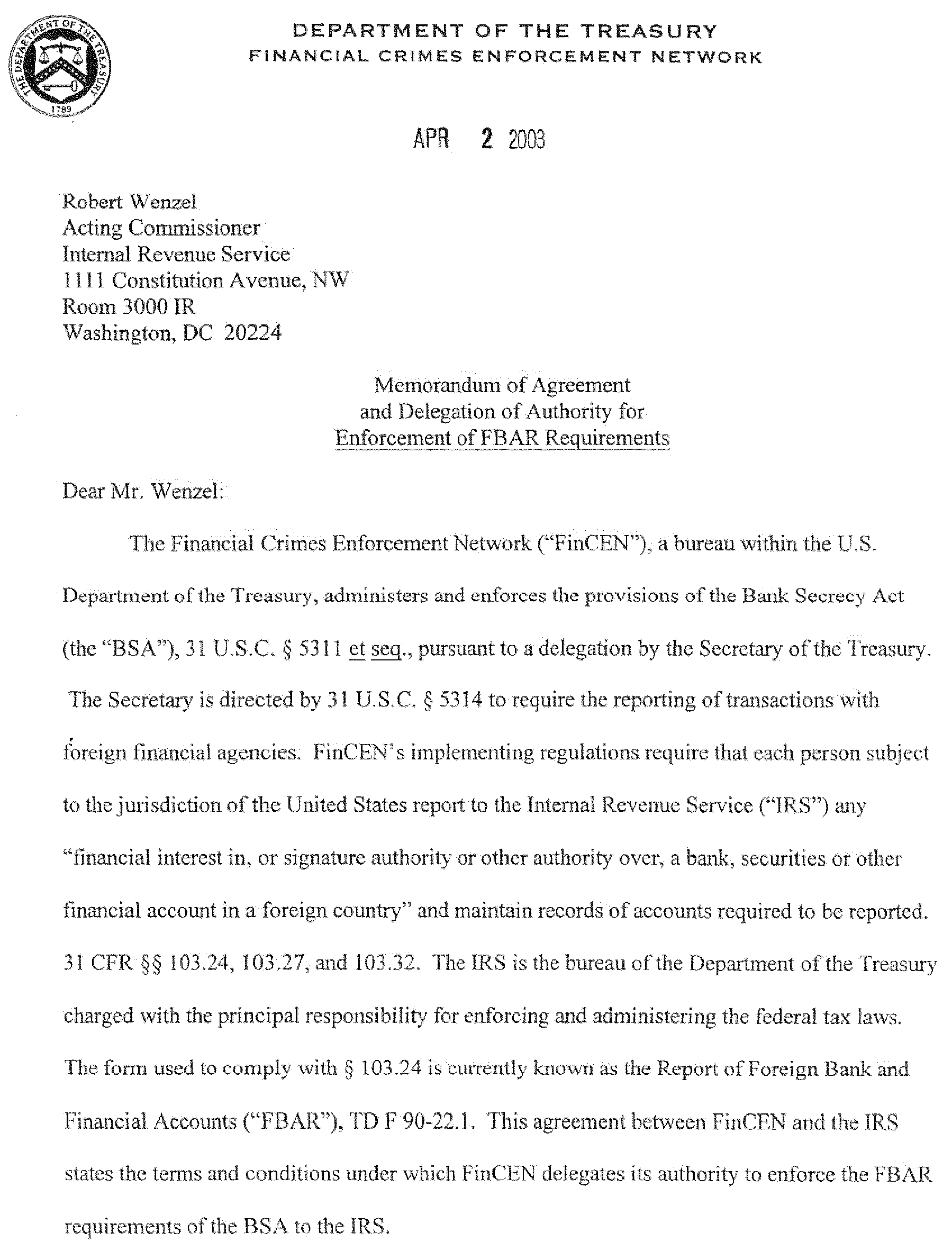
Please click here for the text description of the image.
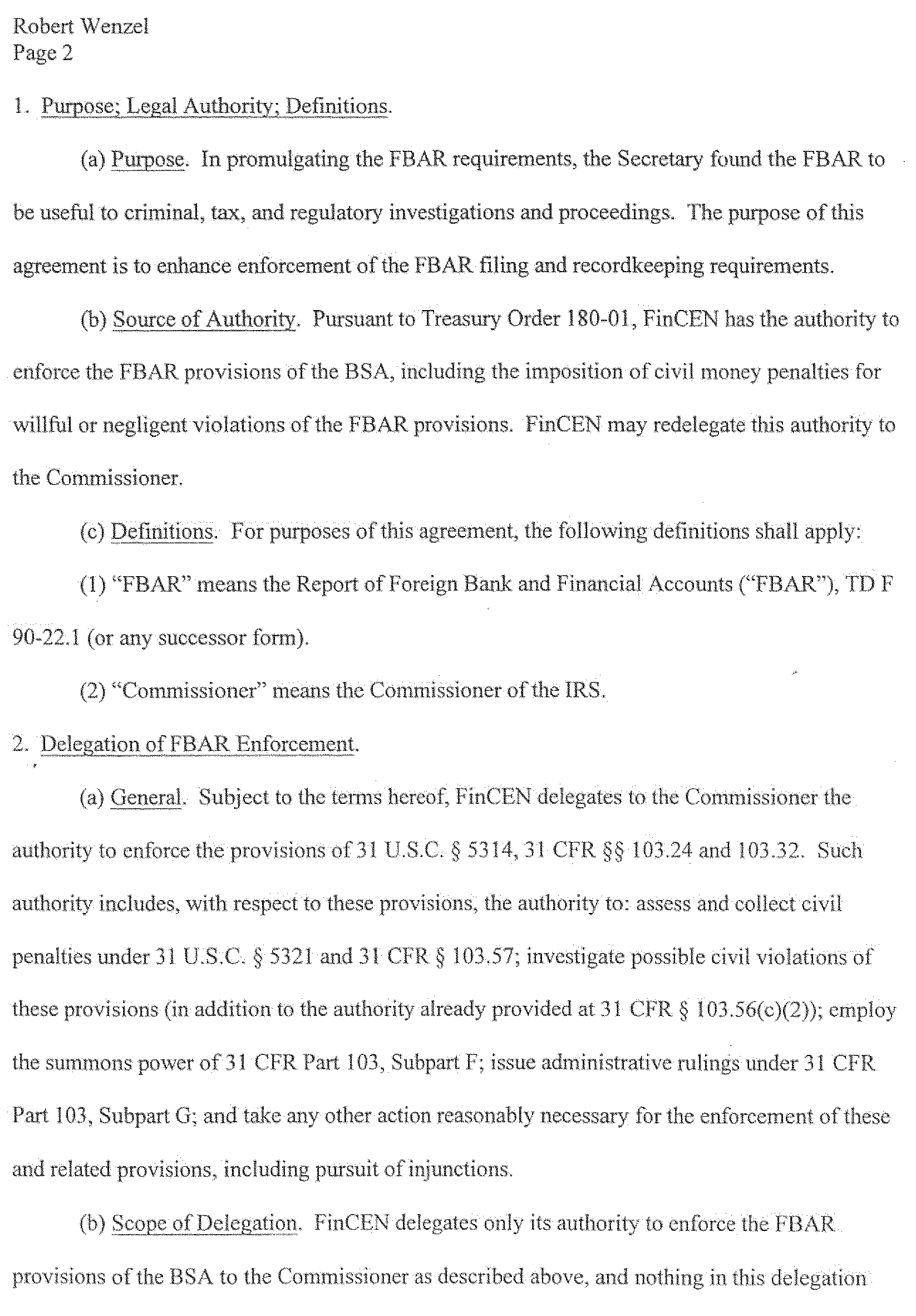
Please click here for the text description of the image.
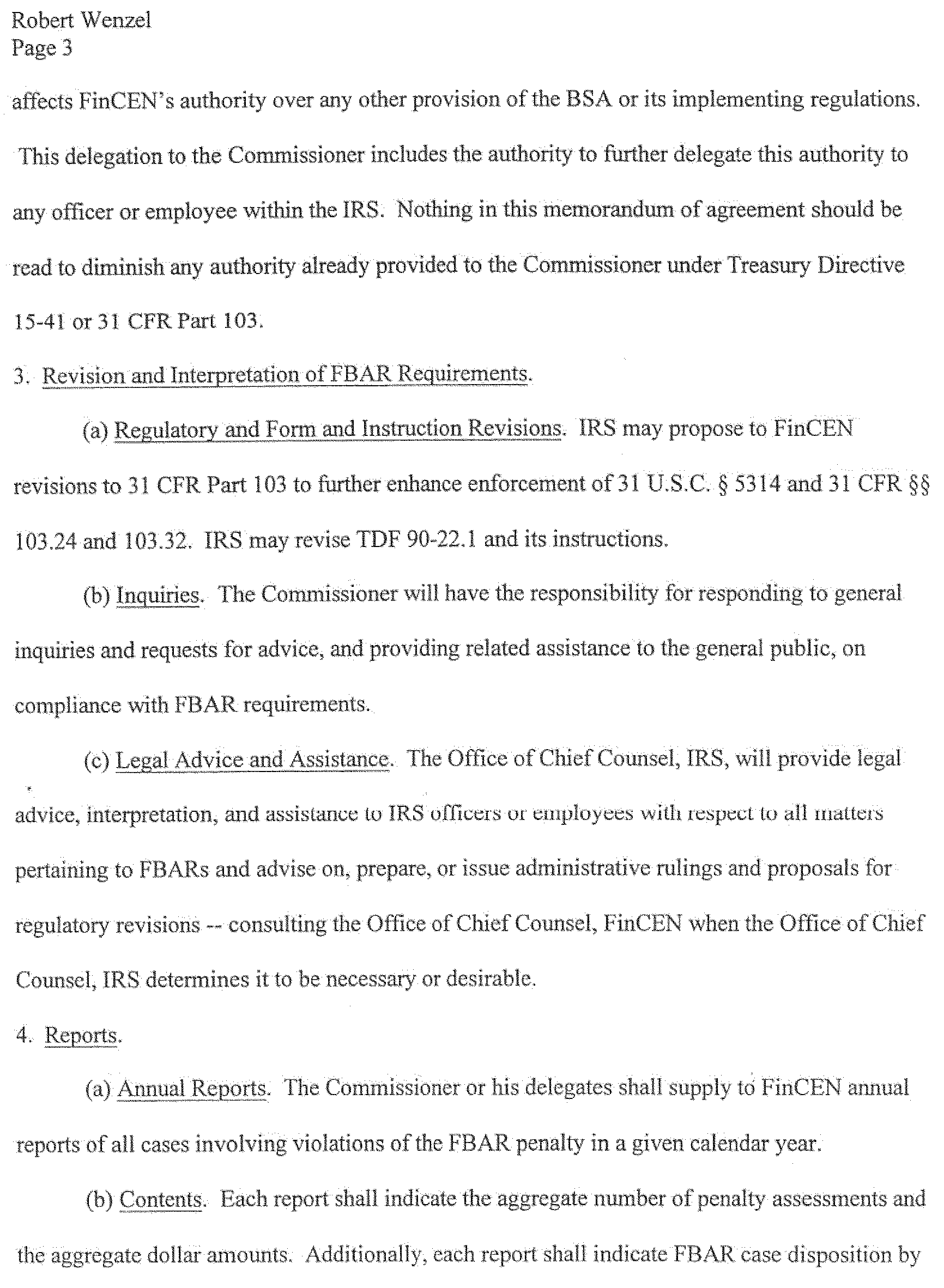
Please click here for the text description of the image.
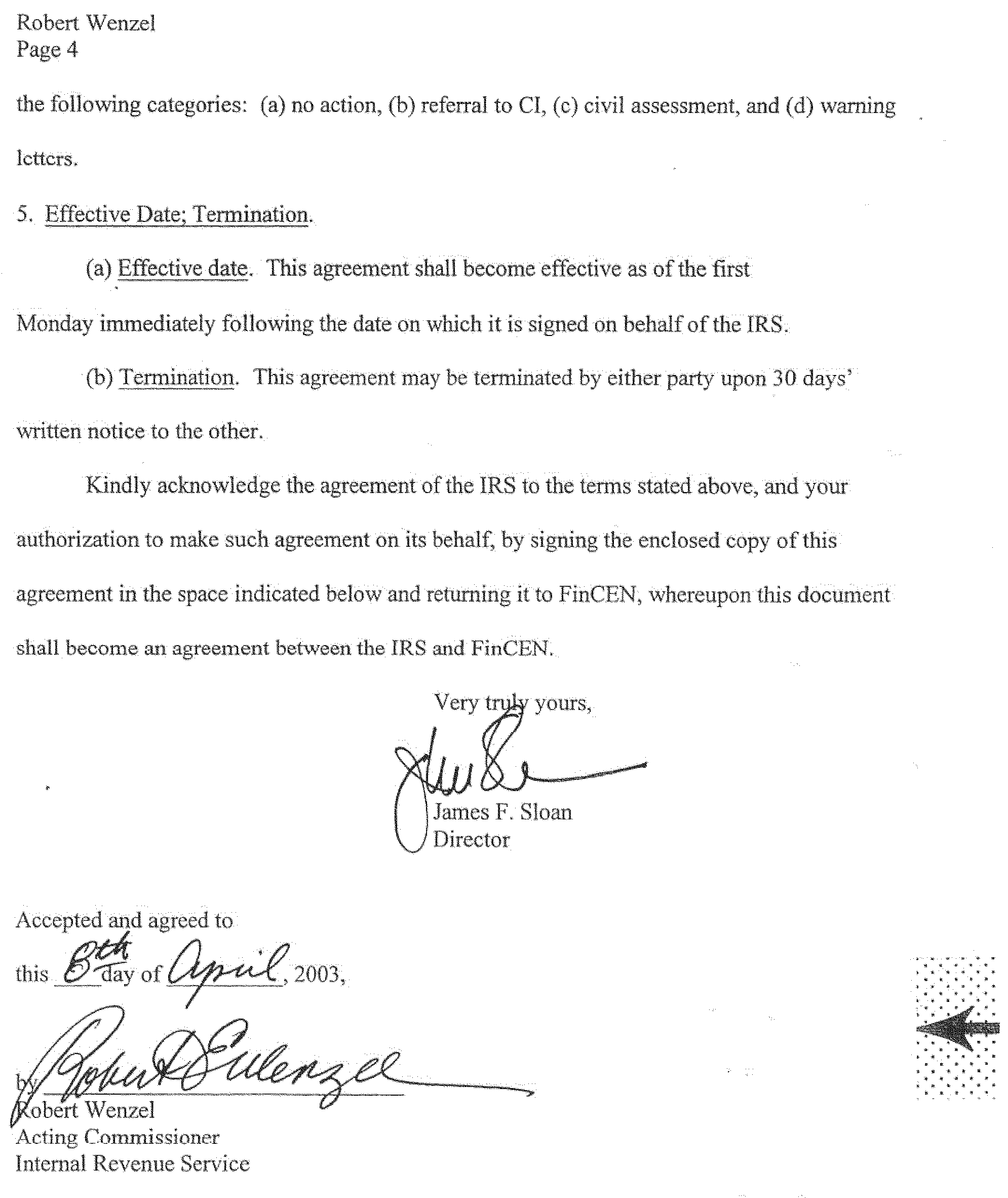

 )
o https:// significa que usted se conectó de forma segura a un sitio web .gov. Comparta información sensible sólo en sitios web oficiales y seguros.
)
o https:// significa que usted se conectó de forma segura a un sitio web .gov. Comparta información sensible sólo en sitios web oficiales y seguros.

